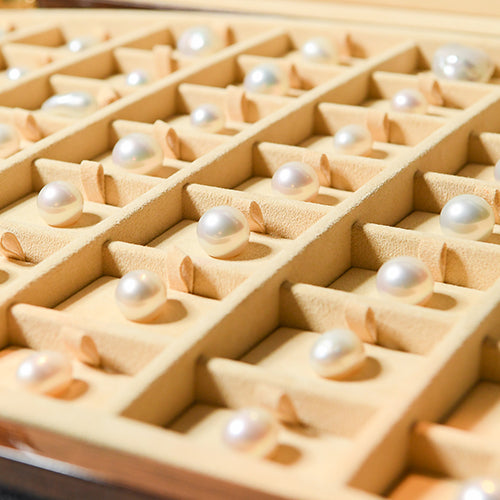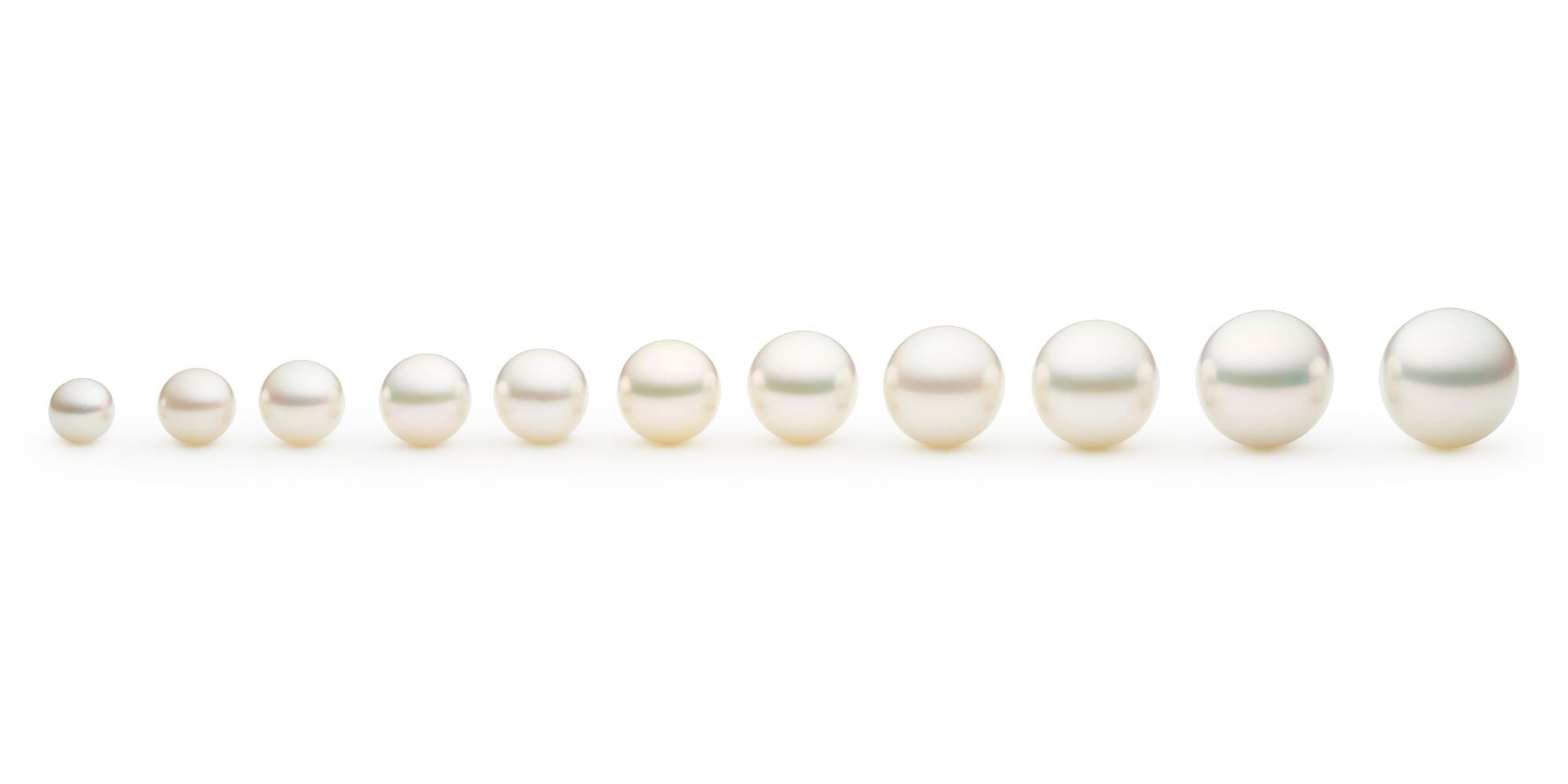The Five Virtues
Lustre
Lustre refers to the behaviour of light interacting with the countless layers of pearl nacre. Nacre is the pearlescent organic material produced by the oyster that forms the body of the pearl. Fine quality pearl nacre results when an oyster lays pearl nacre tiles in perfect symmetry allowing light to refract uninterrupted through the layers of the pearl. This gives the appearance of a soft iridescent glow from deep within.
Natural lustre is everlasting and should not be confused with the superficial shine of treated pearls that may diminish over time. Pearls of exceptionally high quality exhibit a phenomenon known as orient; a combination of translucence overlaid with a subtle play of colour on the pearl’s surface.
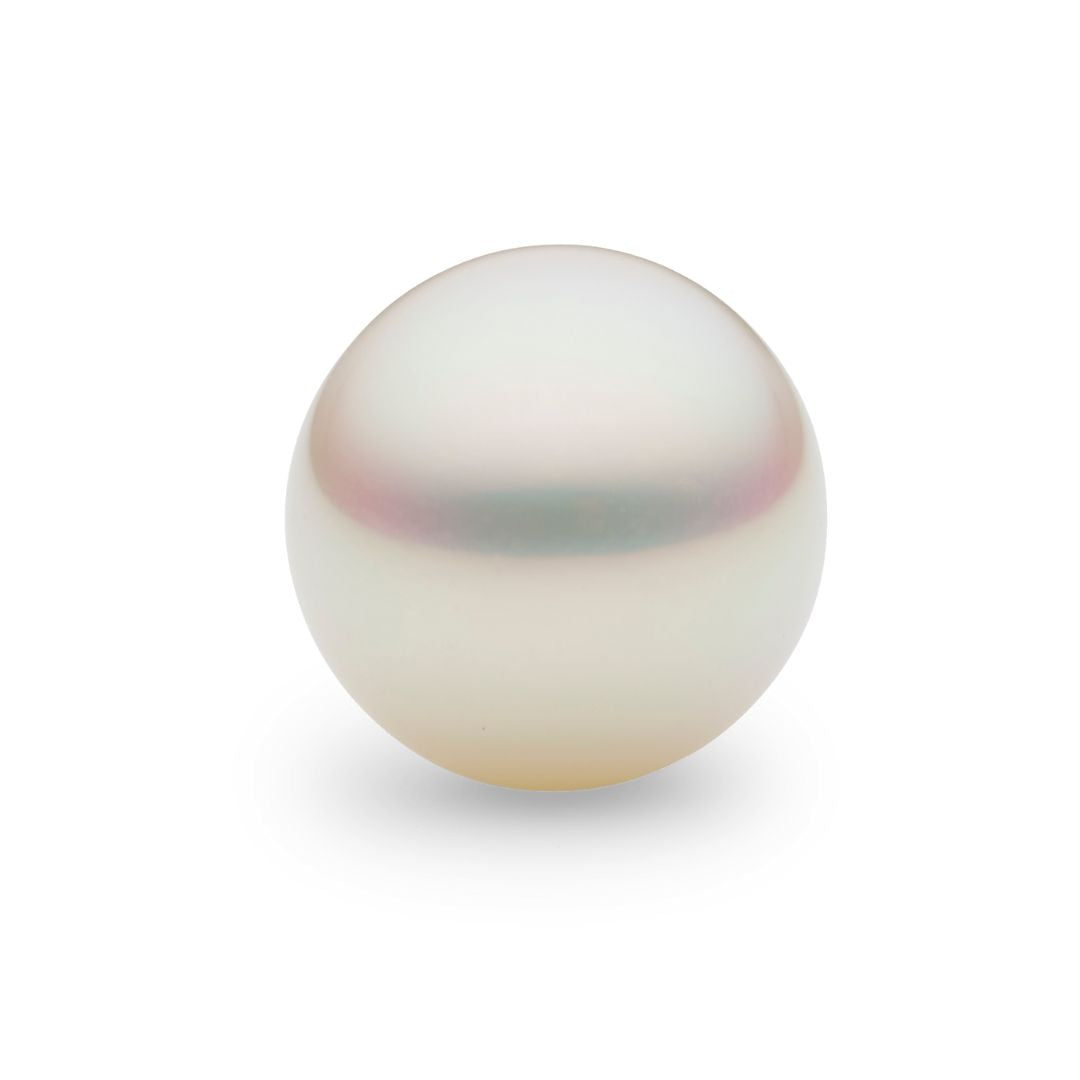
Excellent
Reflections appear bright and sharp.
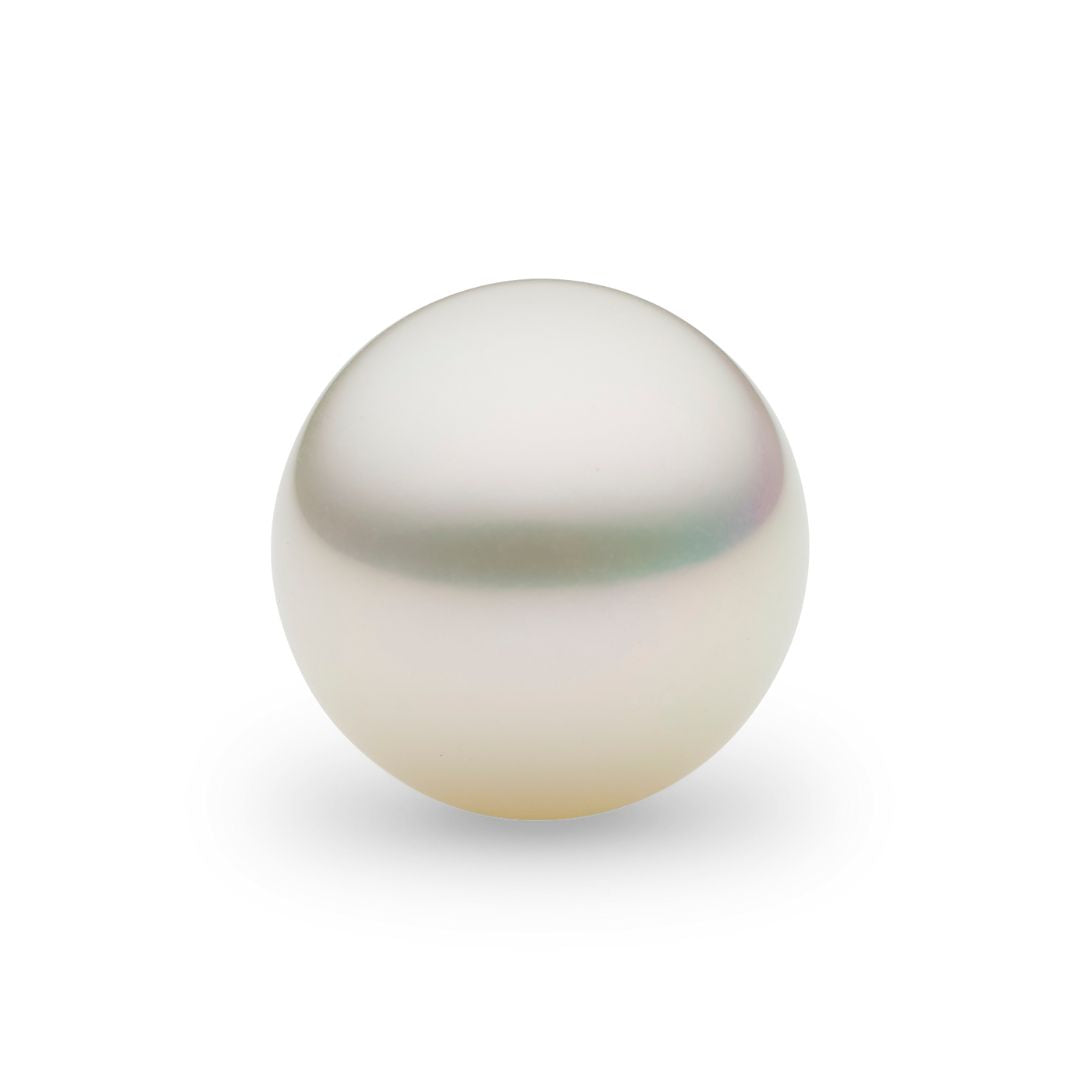
Very Good
Reflections appear bright and near sharp.
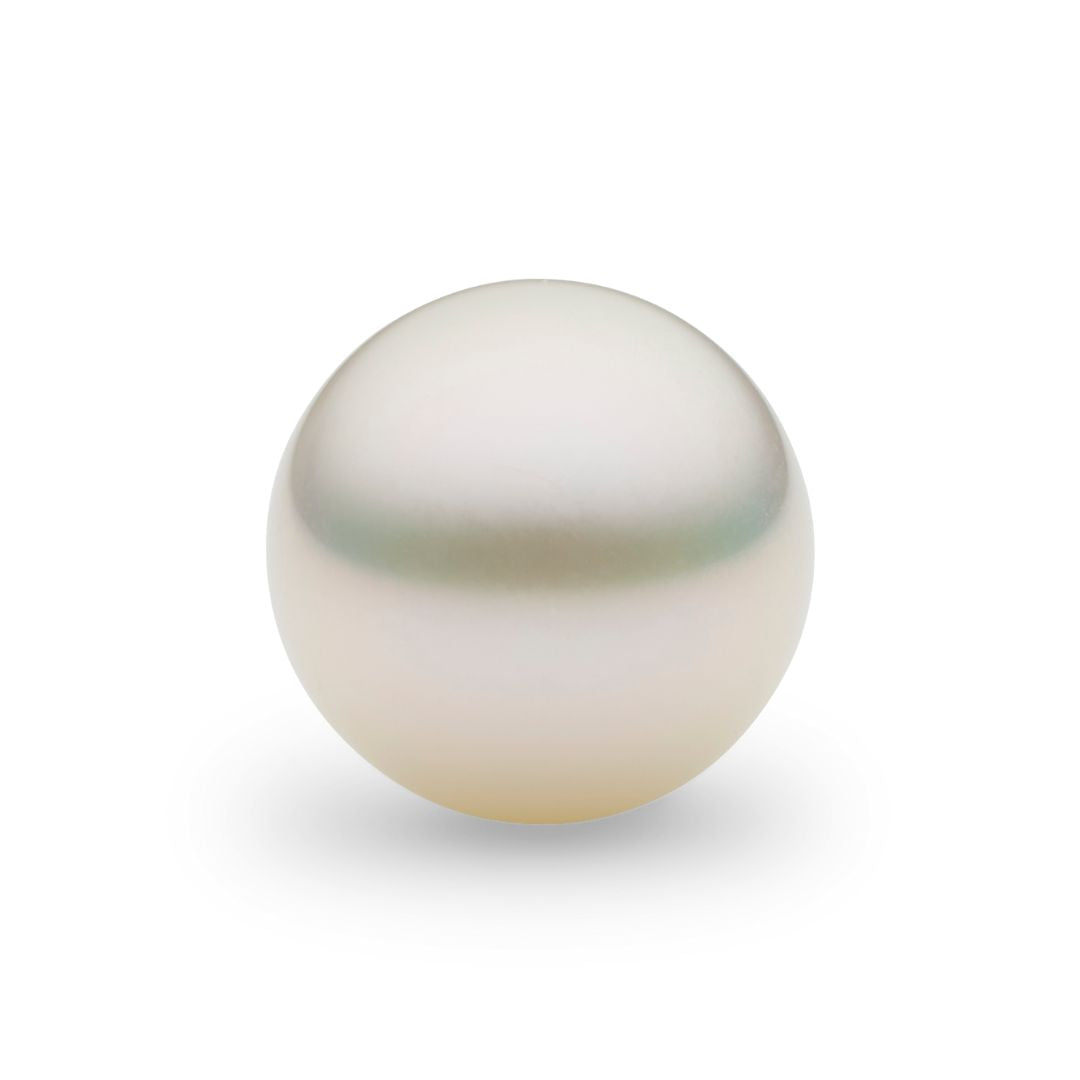
Good
Reflections appear bright but not sharp.
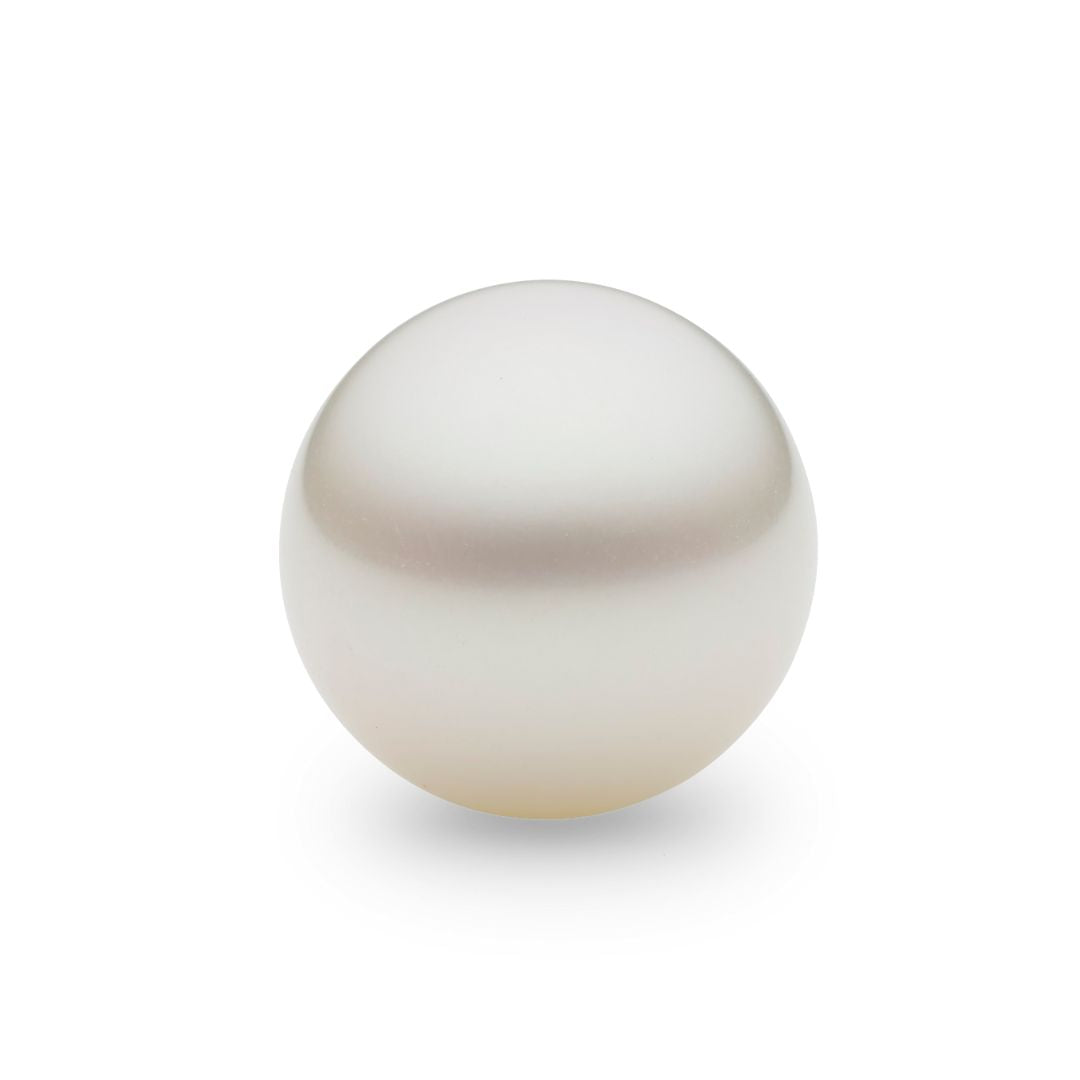
Fair
Reflections are weak and blurred.
< SWIPE TO SCROLL >
Complexion
Complexion refers to the flawlessness of a pearl’s surface and nacre layers. As pearls are created by a living organism, most pearls form with natural birthmarks or spots. Pearls without complexion characteristics are generally the most valuable.
Complexion marks may or may not detract from the pearl’s beauty, depending on lustre and other quality factors. A pearl with a flawless surface is exceptionally rare. Pearl quality is influenced by the number and size of complexion marks and their degree of visibility. Severe complexion marks will significantly compromise a
pearl’s beauty and value.
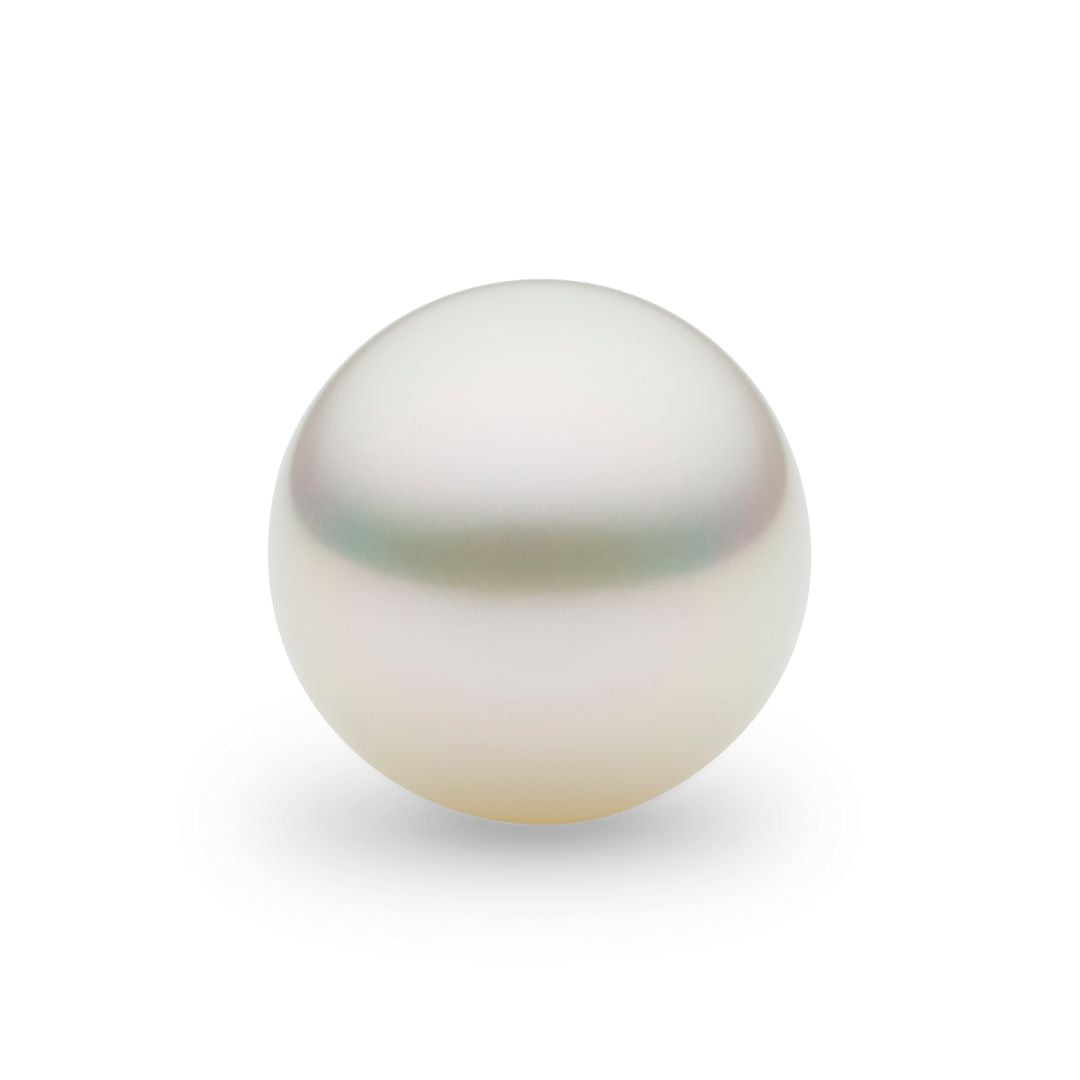
Clean
Present clean but may have minor surface characteristics that are difficult to see except on close inspection.
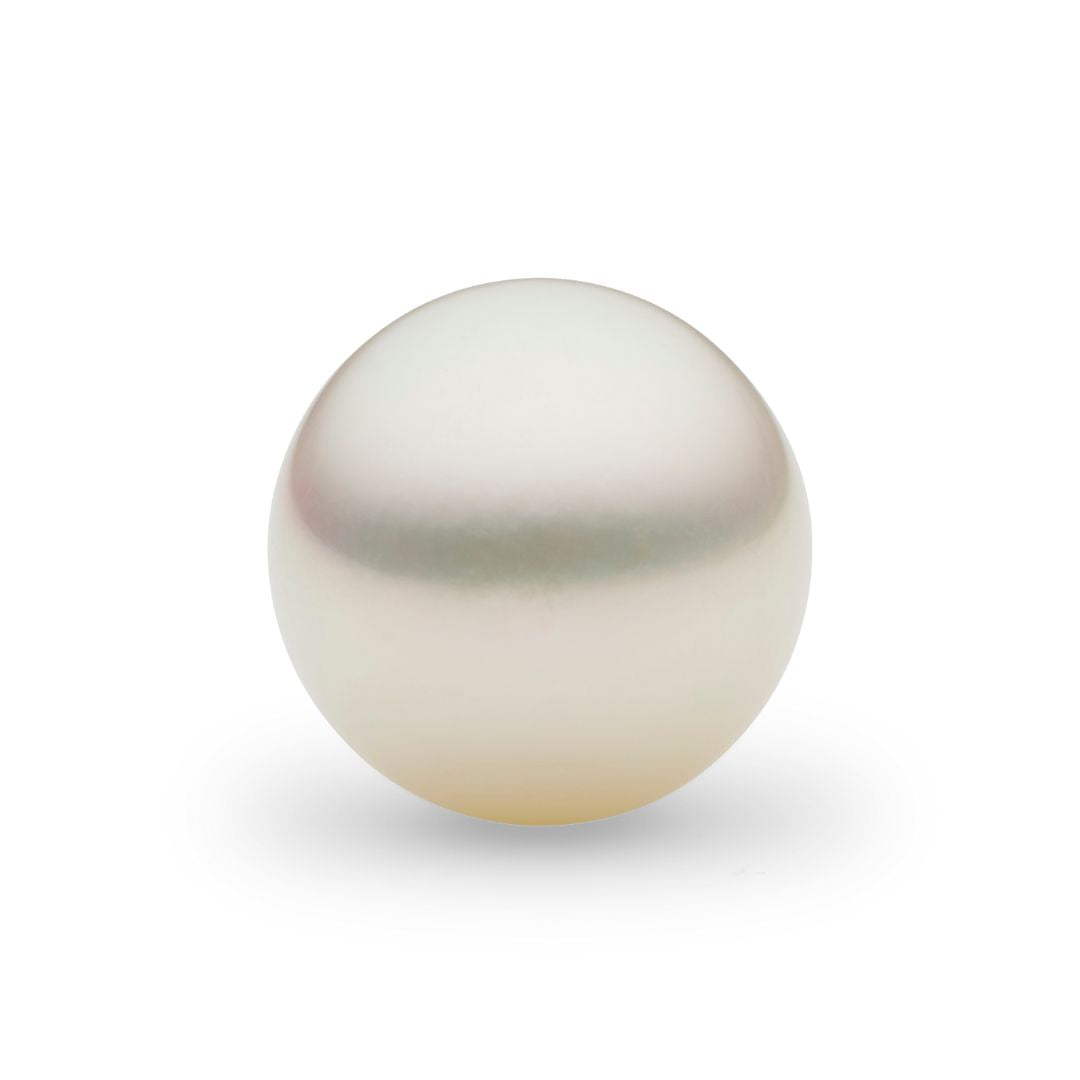
Minor Spotted
May have minor surface inclusion visible.
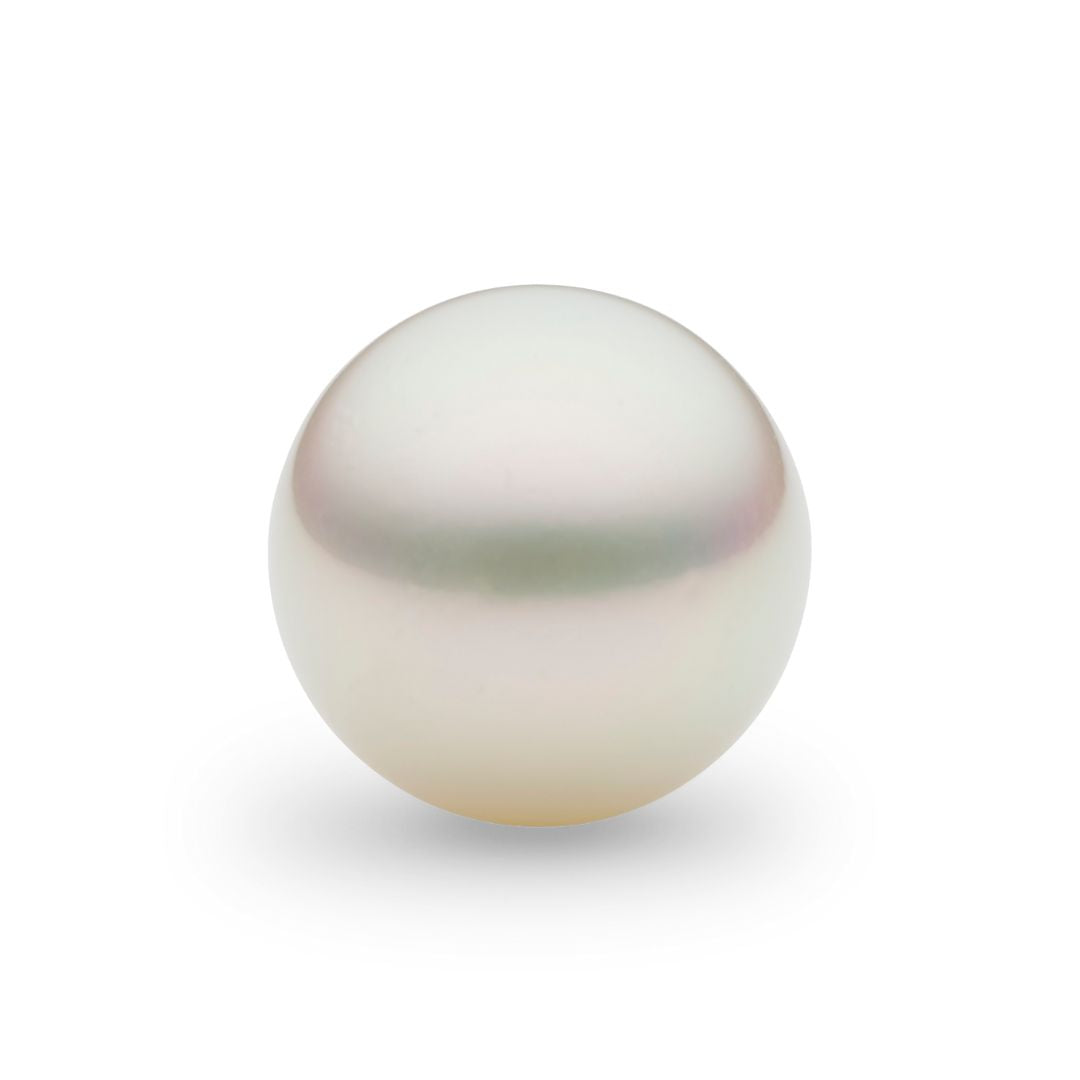
Lightly Spotted
Have numerous inclusions of varying severity including some which are deep or noticeable.
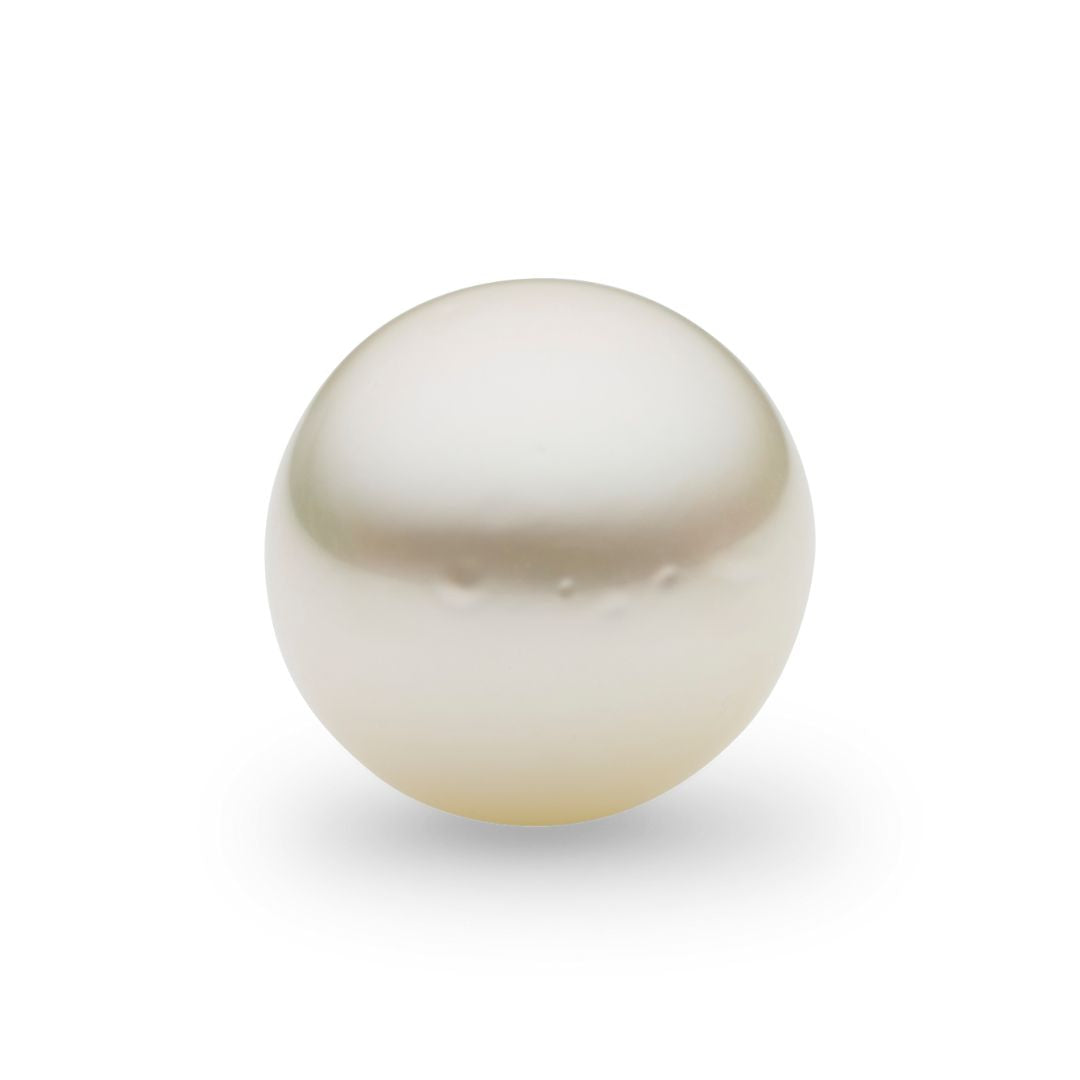
Moderately spotted
Have numerous noticeable inclusions.
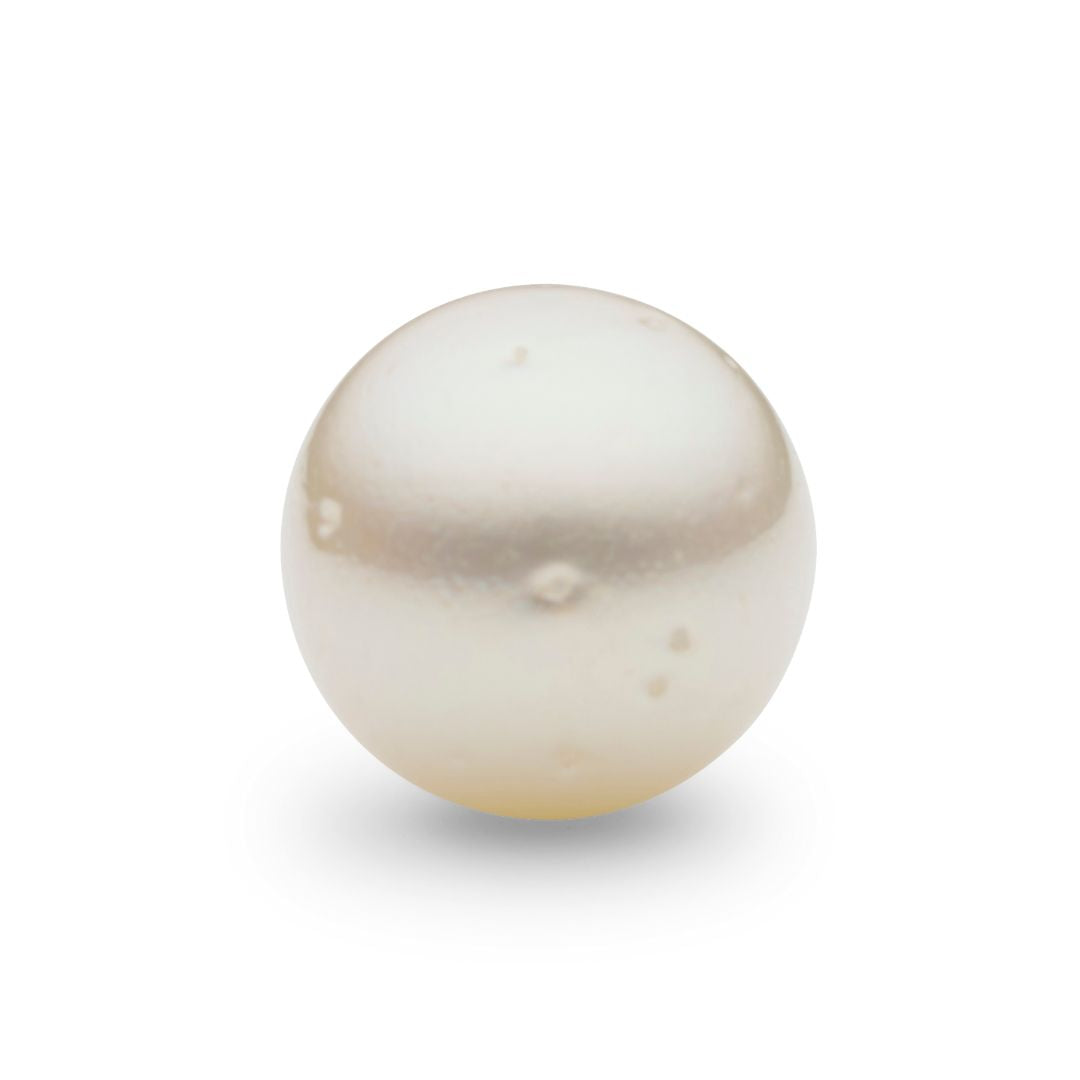
Heavily Spotted
Have noticeable inclusions over entire surface.
< SWIPE TO SCROLL >
Shape
A pearl’s shape does not affect its quality; however demand for a particular shape does impact value. Perfectly symmetrical pearls are particularly rare and desirable, although ultimately, beauty lies in the eye of the beholder.
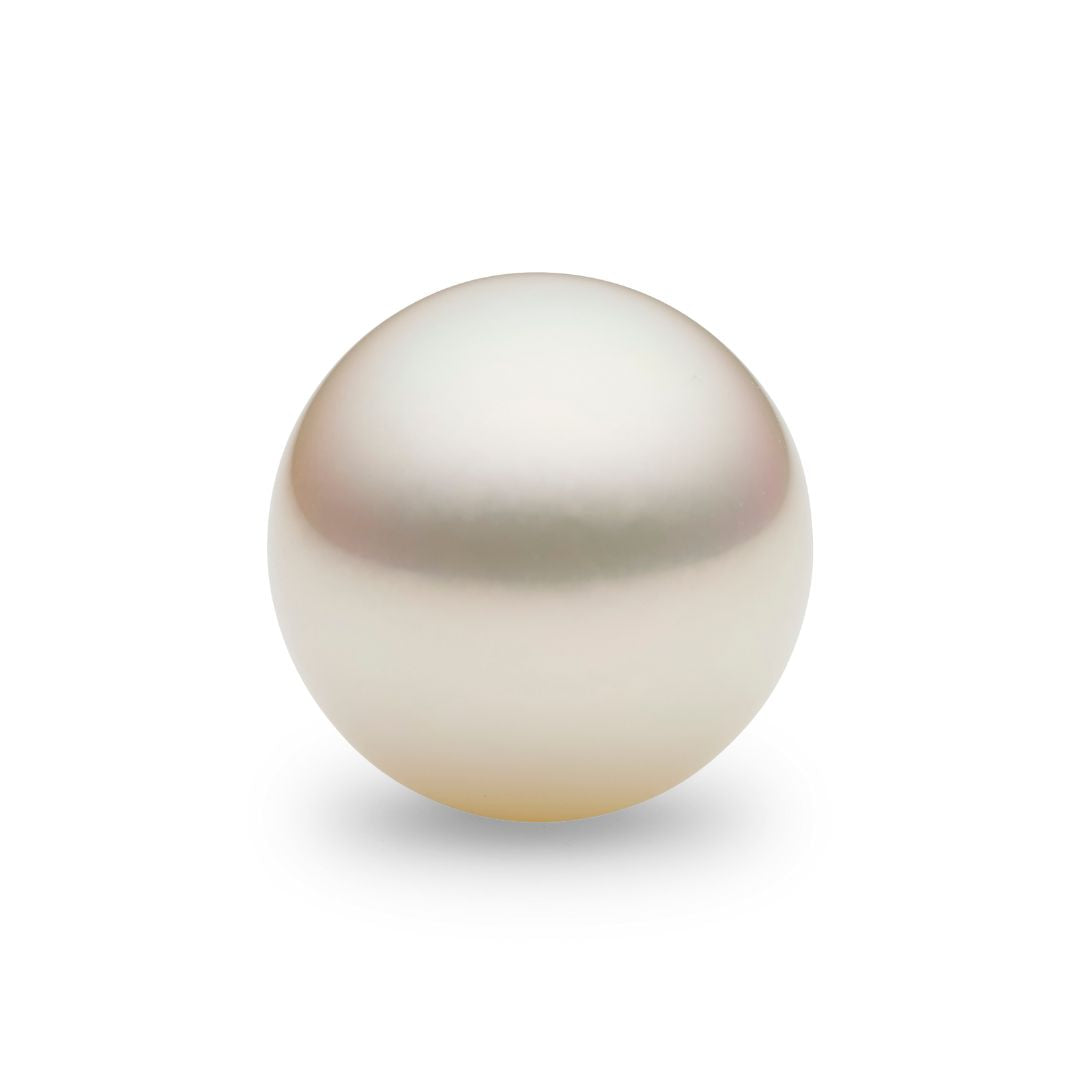
Round
Pearls that appear round to the eye before setting and measure as 98% spherical, perfectly round. Suitable for all types of jewellery.
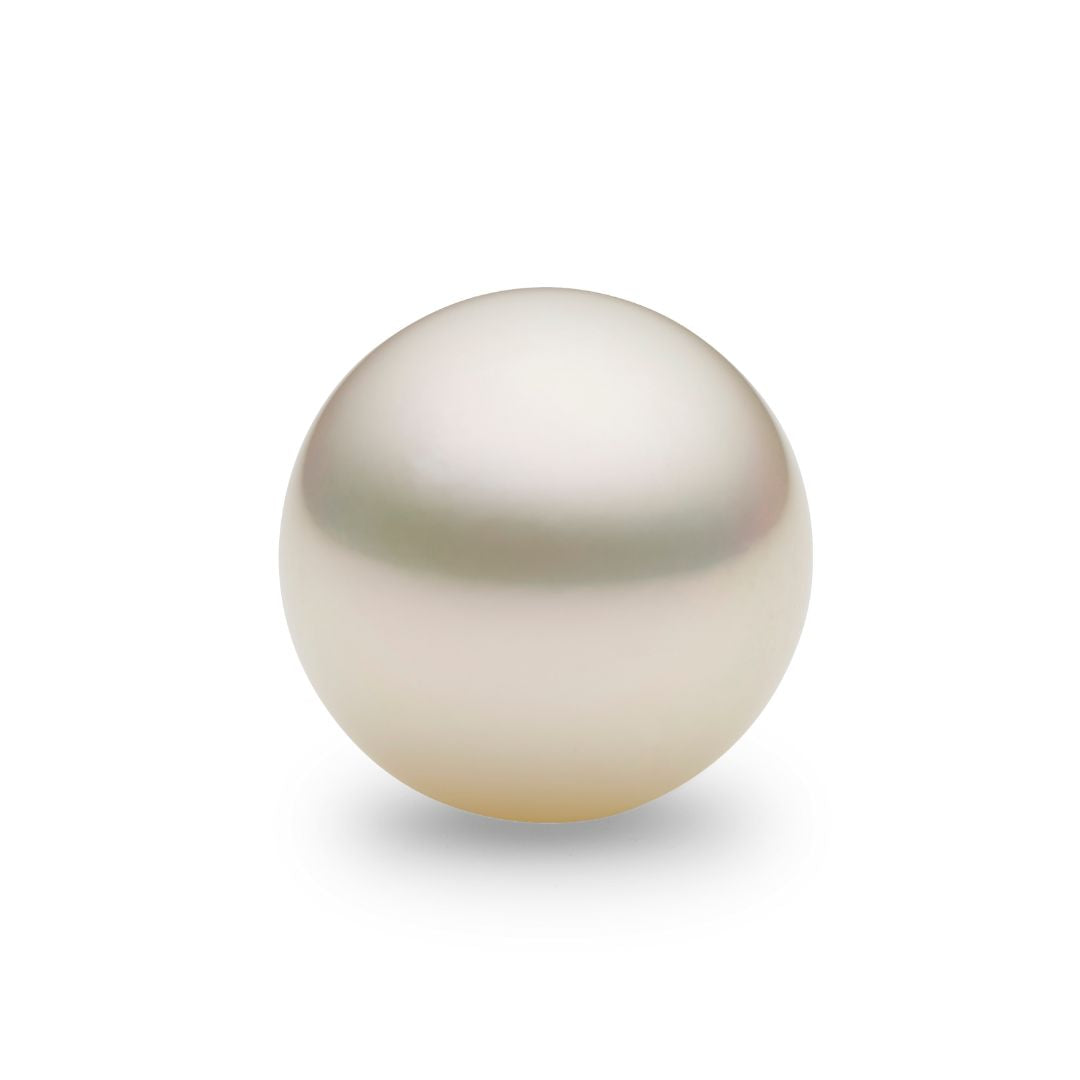
Semi-Round
Pearls that appear round or close to round after setting. Suitable as an alternative to round pearls in most types of jewellery.
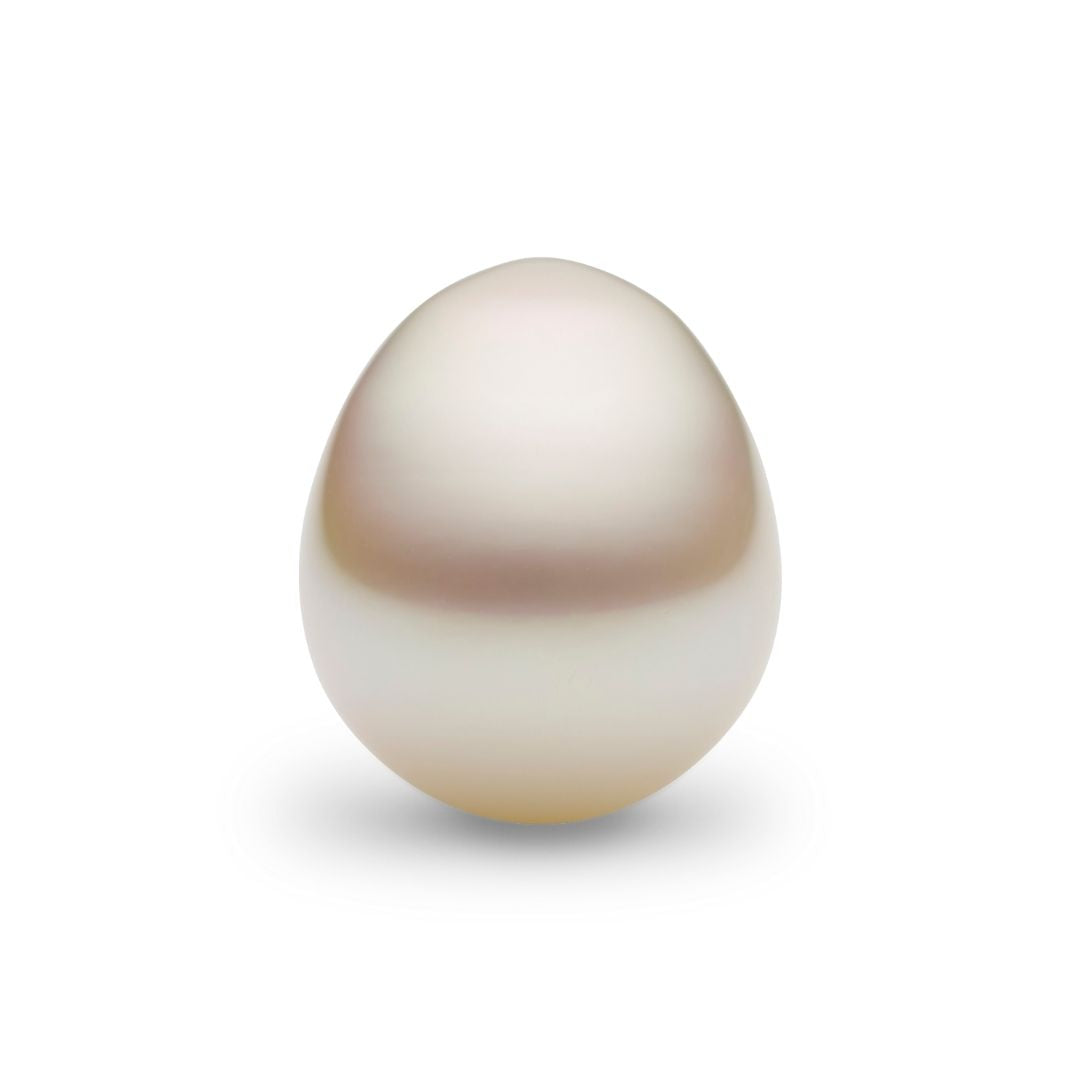
Drop
Pearls with a symmetrical, elongated shape that taper from a narrower top to a wider bottom. Ideal for use in drop earrings, as pendants and bracelet charms.
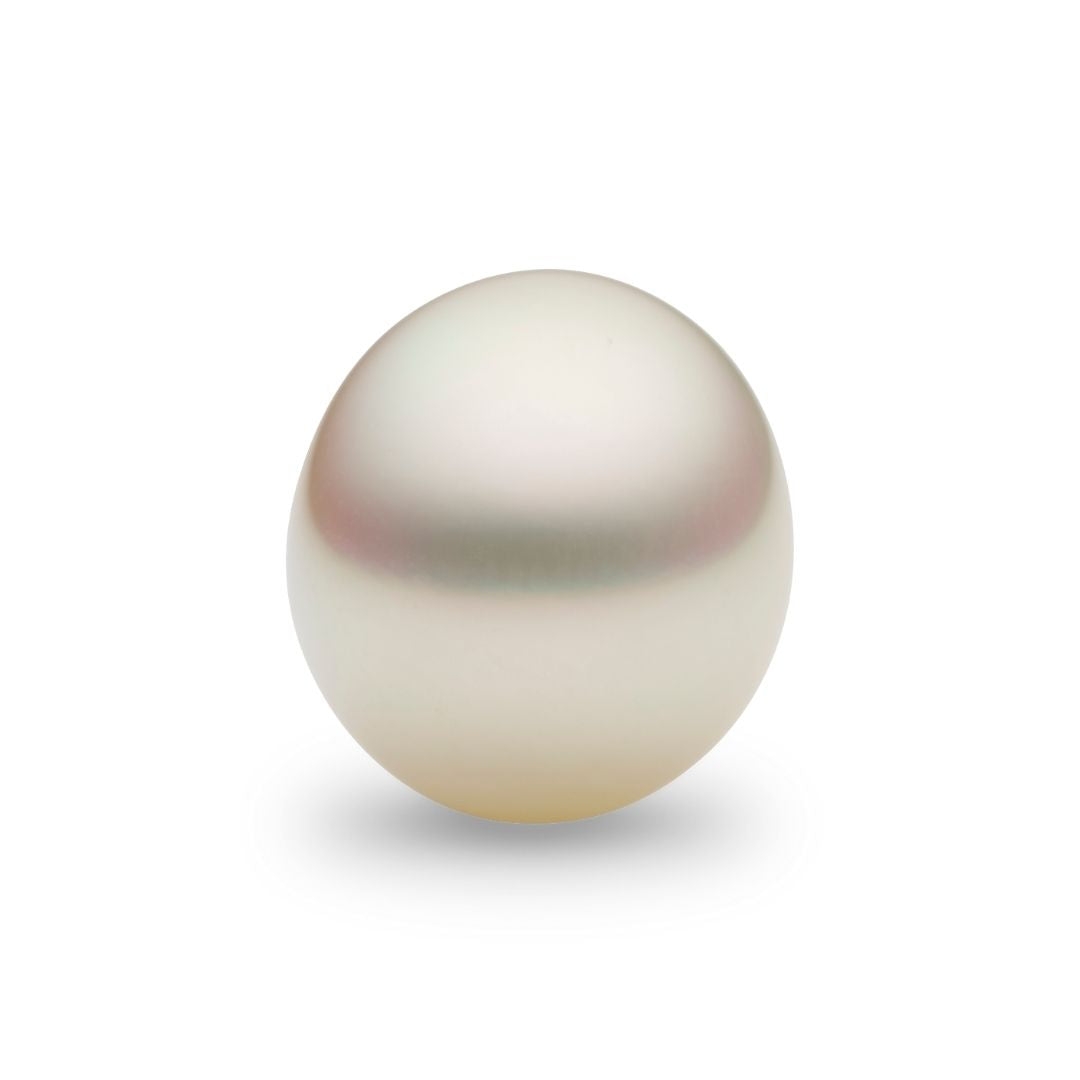
Oval
Pearls with a smooth, symmetrical, elongated shape without a noticeable variance in diameter between the top and the bottom. Ideal for use in drop earrings, pendants and strands.
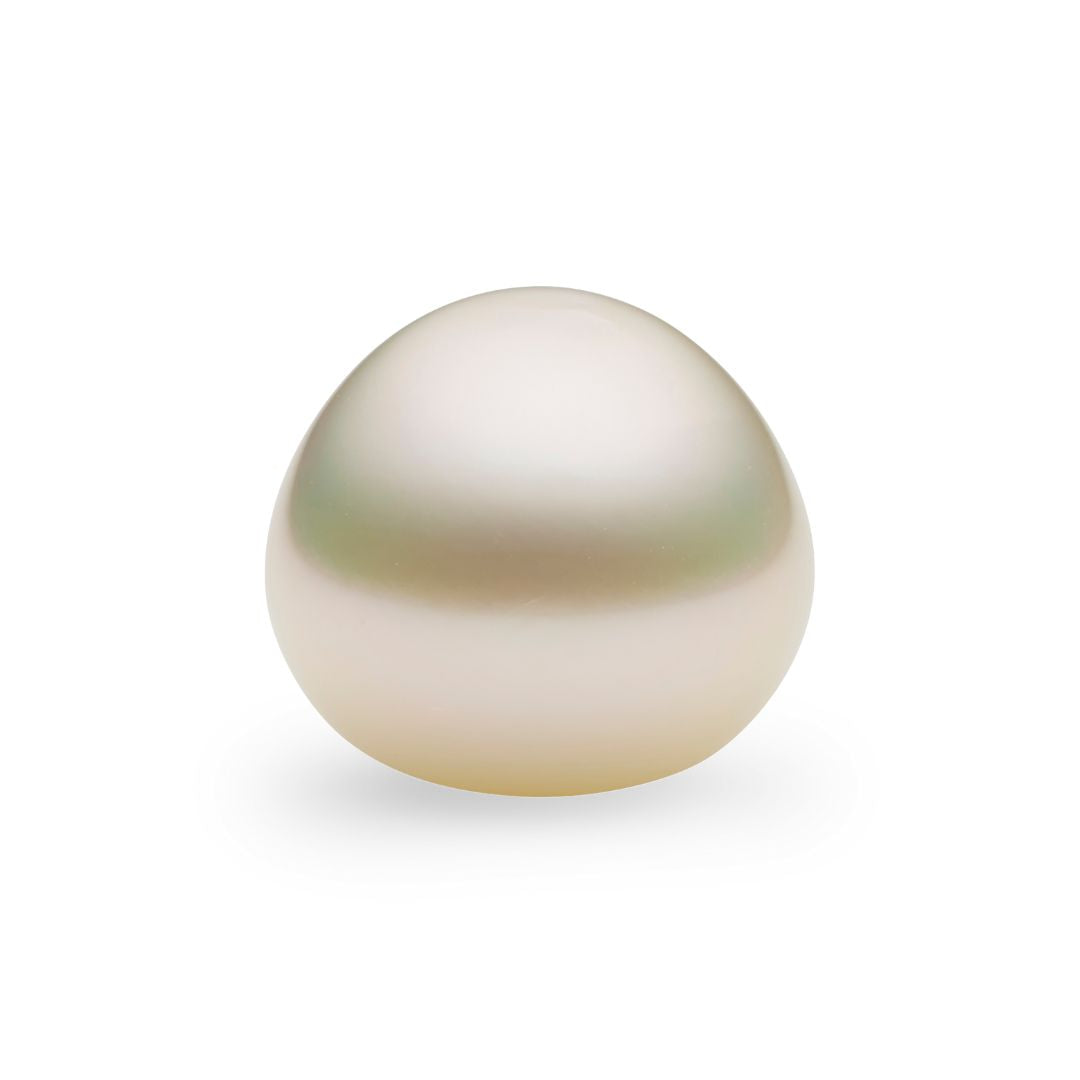
Triangle
Pearls with a symmetrical, tapered shape and a flat bottom. Triangles are a rare and playful shape, ideal for setting upright or inverted in drop earrings, pendants and strands.
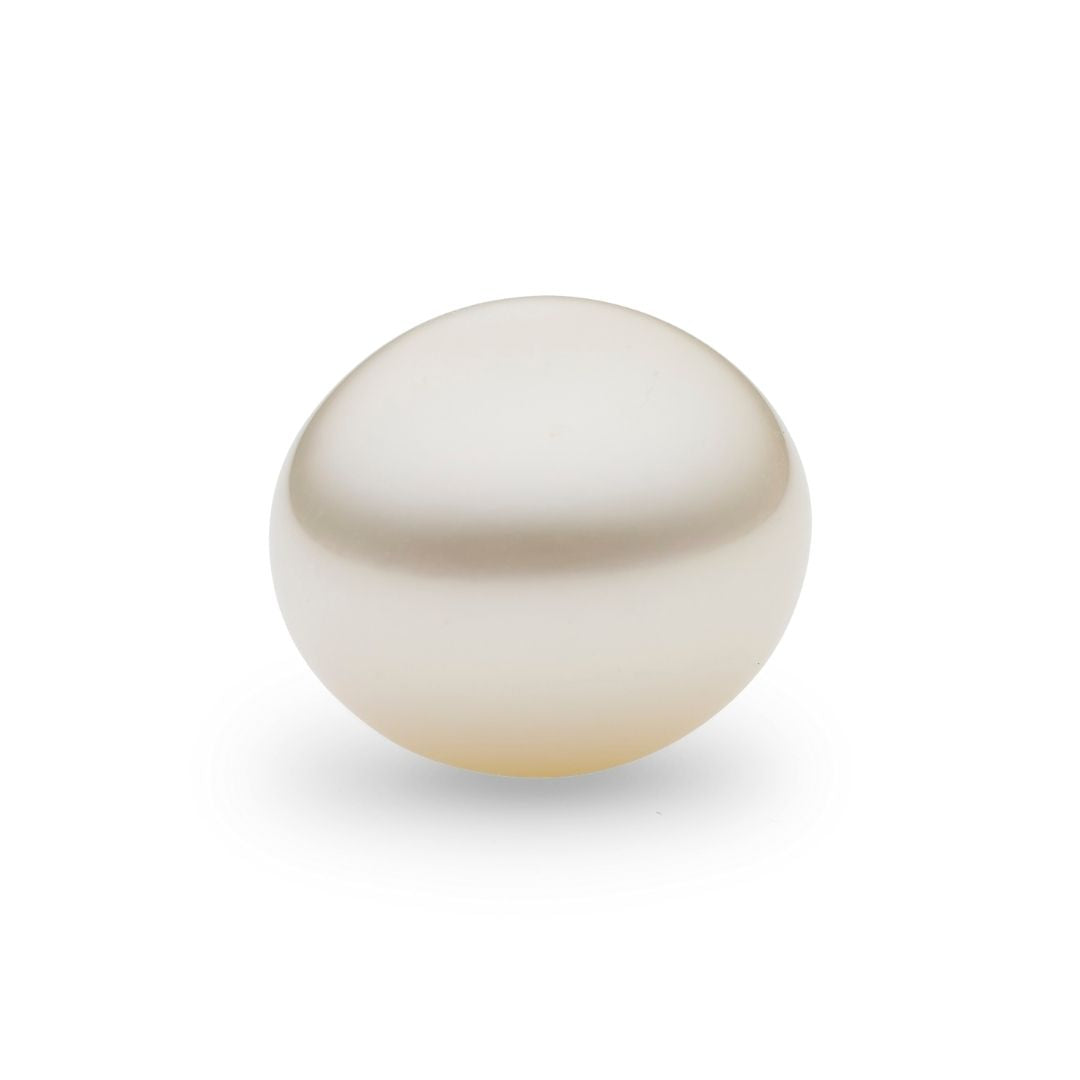
Button
Pearls with a symmetrical, flatter shape that is noticeably wider than high. Ideal for use in rings, stud earrings and brooches.
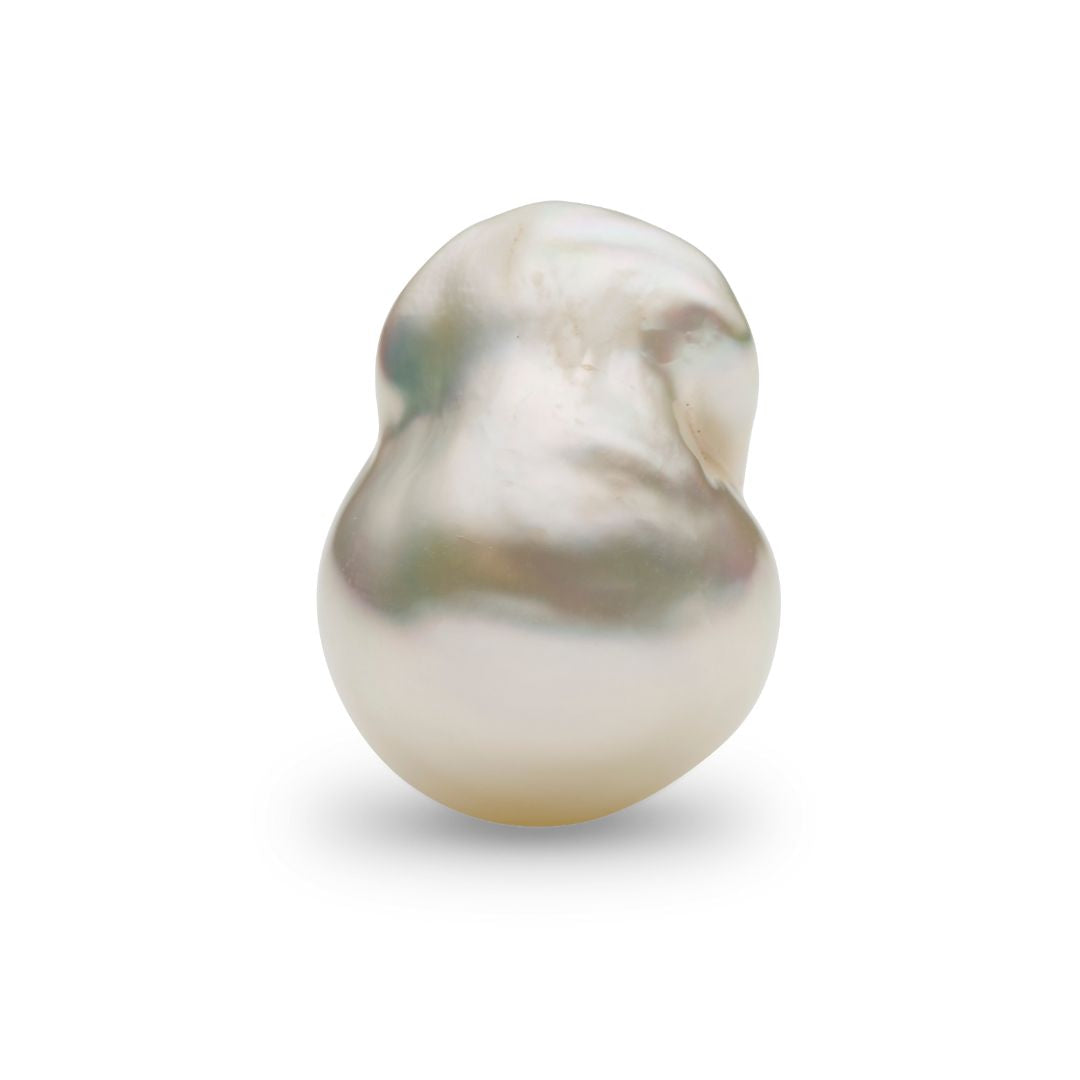
Baroque
Pearls that are asymmetrical and organic in shape, appreciated by those who seek uniqueness and connection to nature. Baroques generally display a silver overtone, those with the highest lustre grades can throw an impressive array of colour due to their differently angled surfaces.
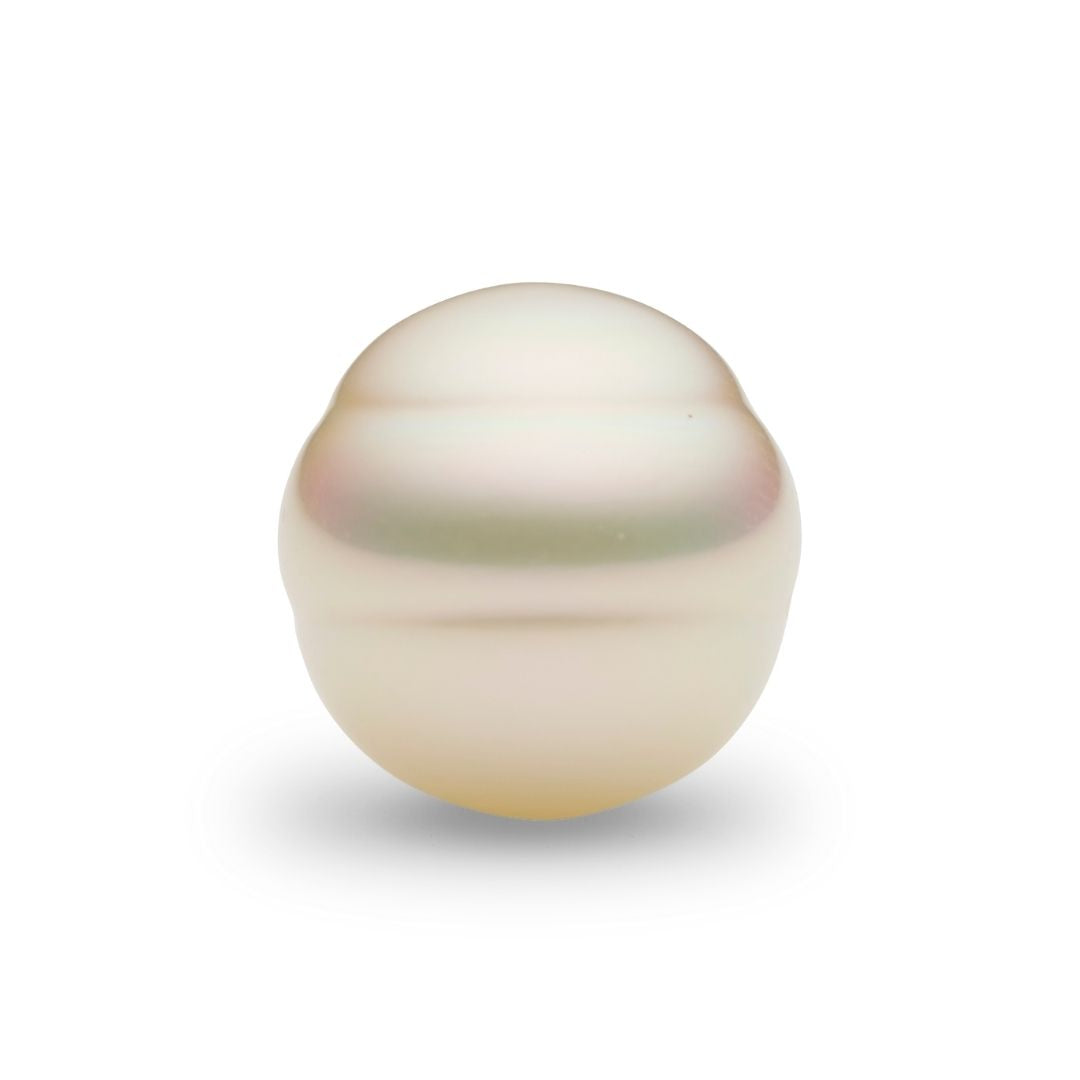
Circle
A circle pearl features one or more grooved rings around the pearl and can be found in a multitude of different shapes. This distinct characteristic gives circle pearls an appealing individuality.
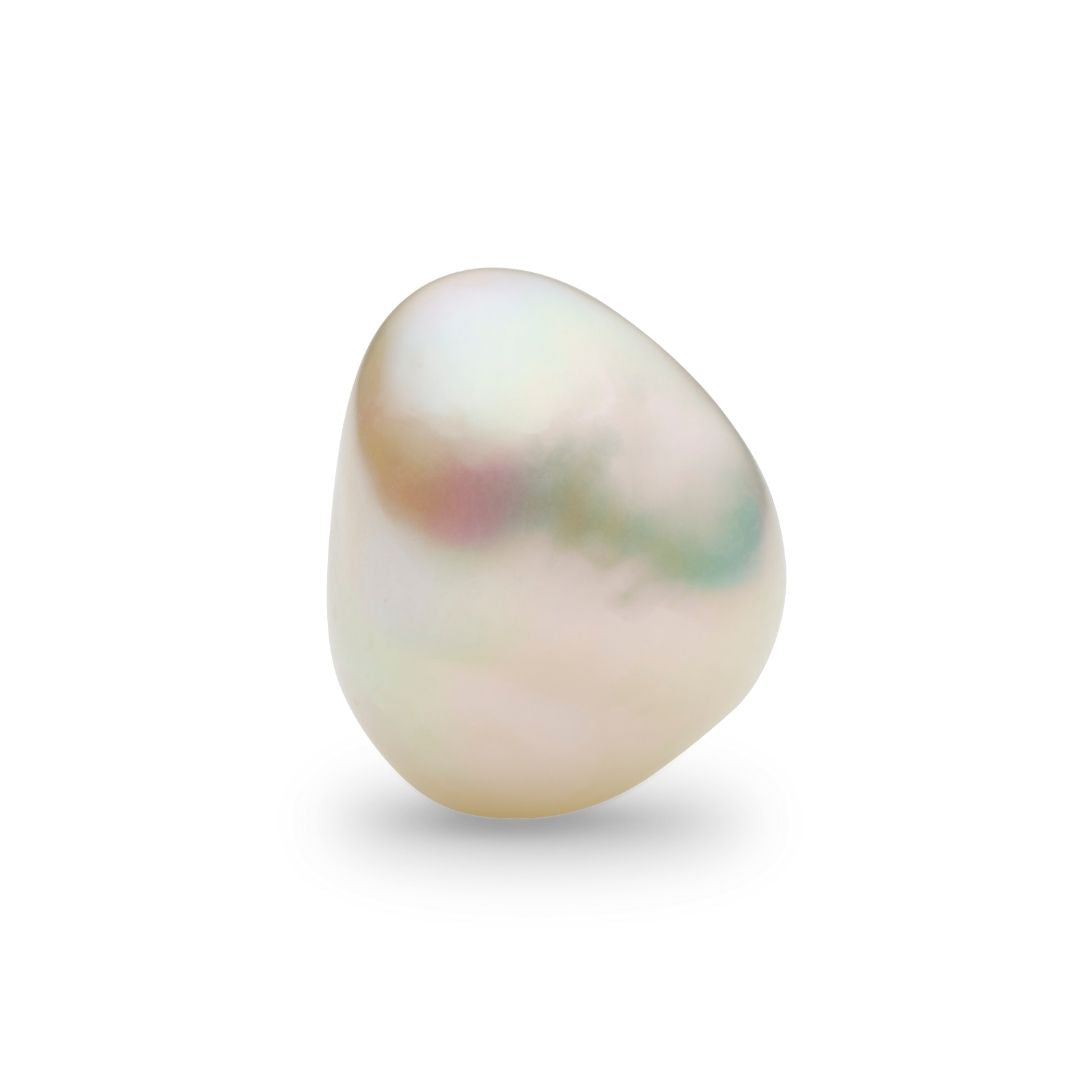
Keshi
A Keshi pearl is a cultured pearl without a solid nucleus. Keshi is a Japanese word that literally means "poppy seed" and is used to describe small pearls. These rare pearls are highly sought-after due to their beautiful, intense lustre and typically freeform shapes. Keshi pearls generally range in size from 2mm to 8mm but are occasionally found in larger sizes. Keshi account for
approximately 1%, a tiny fraction, of Paspaley pearl production.
< SWIPE TO SCROLL >
Colour
The wide array of natural colours typically mirrors the overtones of the pearl shell. Colour, like shape, is a very personal choice. Paspaley pearls are typically white, silver, cream or gold. White with pink overtones is the most prized of all colours.
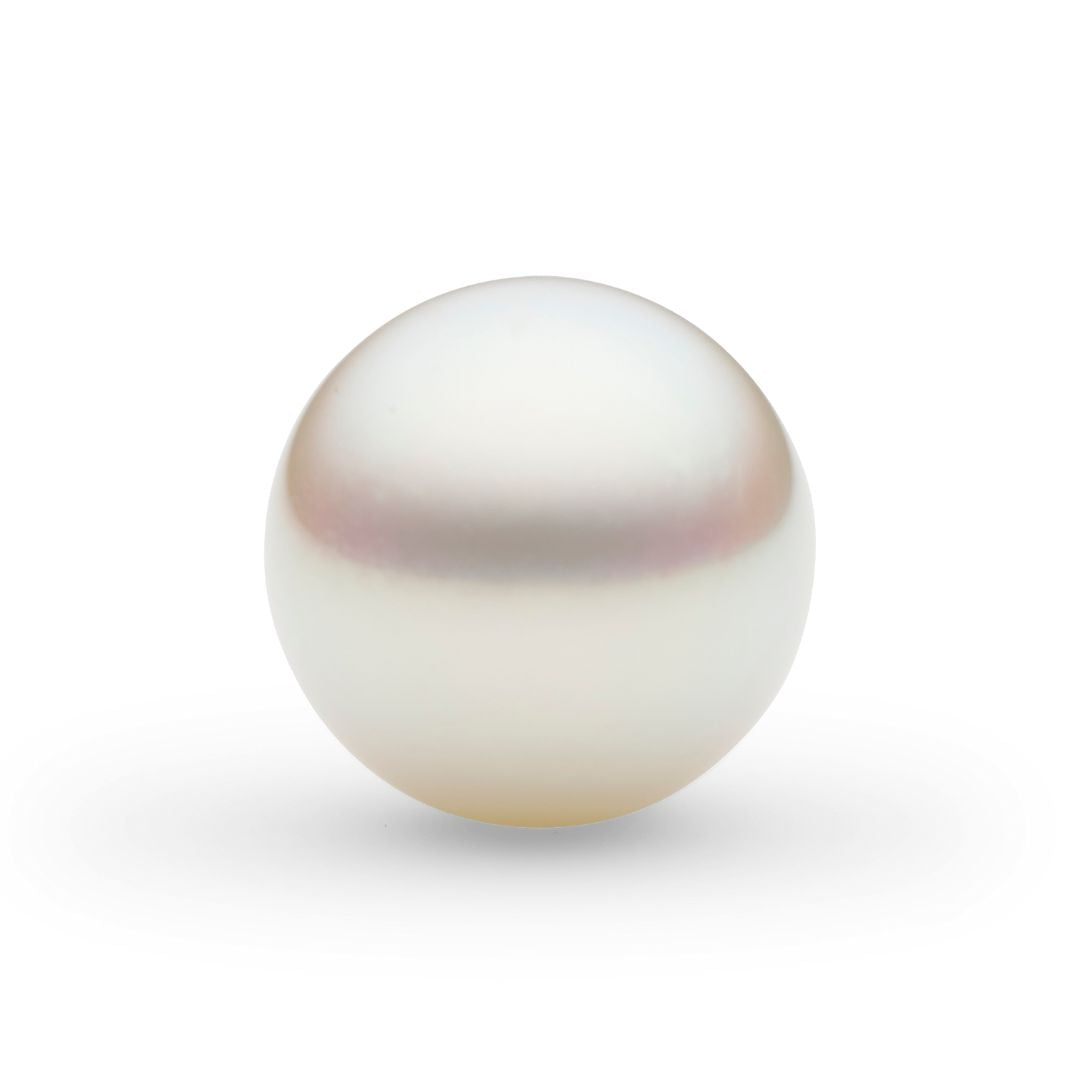
SIlver Pink
Silver body colour with pink overtone.
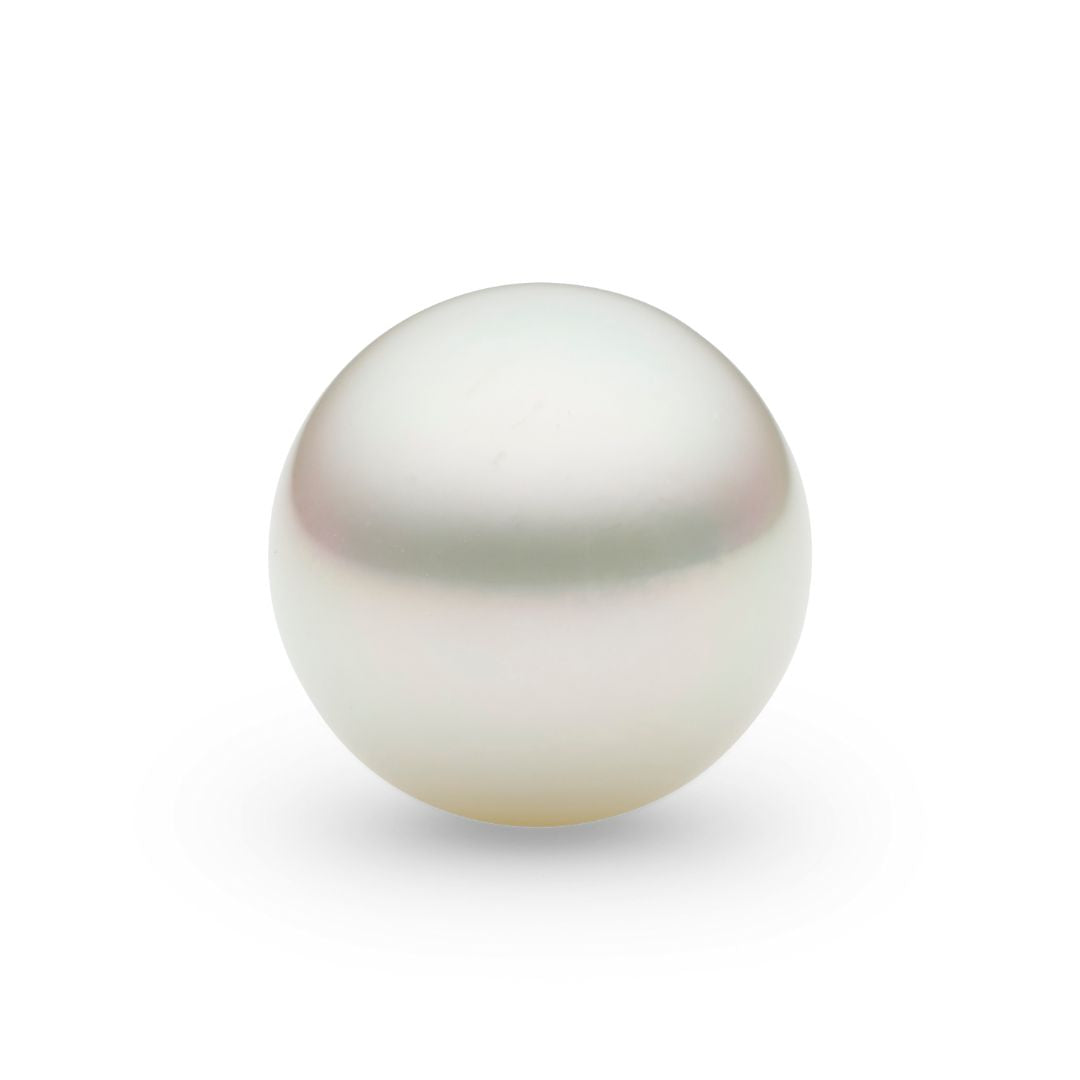
Silver
Silver body colour with silver overtone.
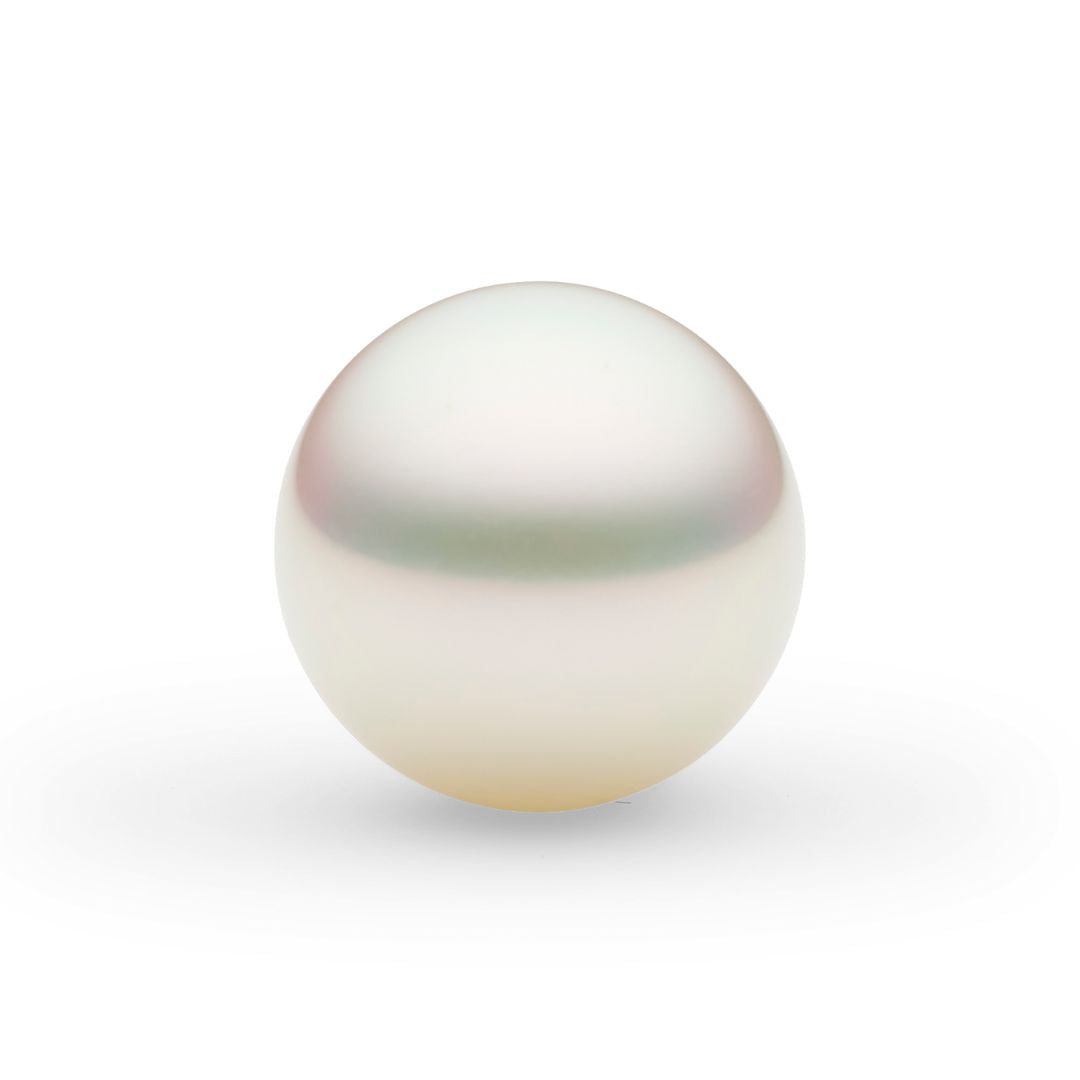
White Pink
White body colour with pink overtone.
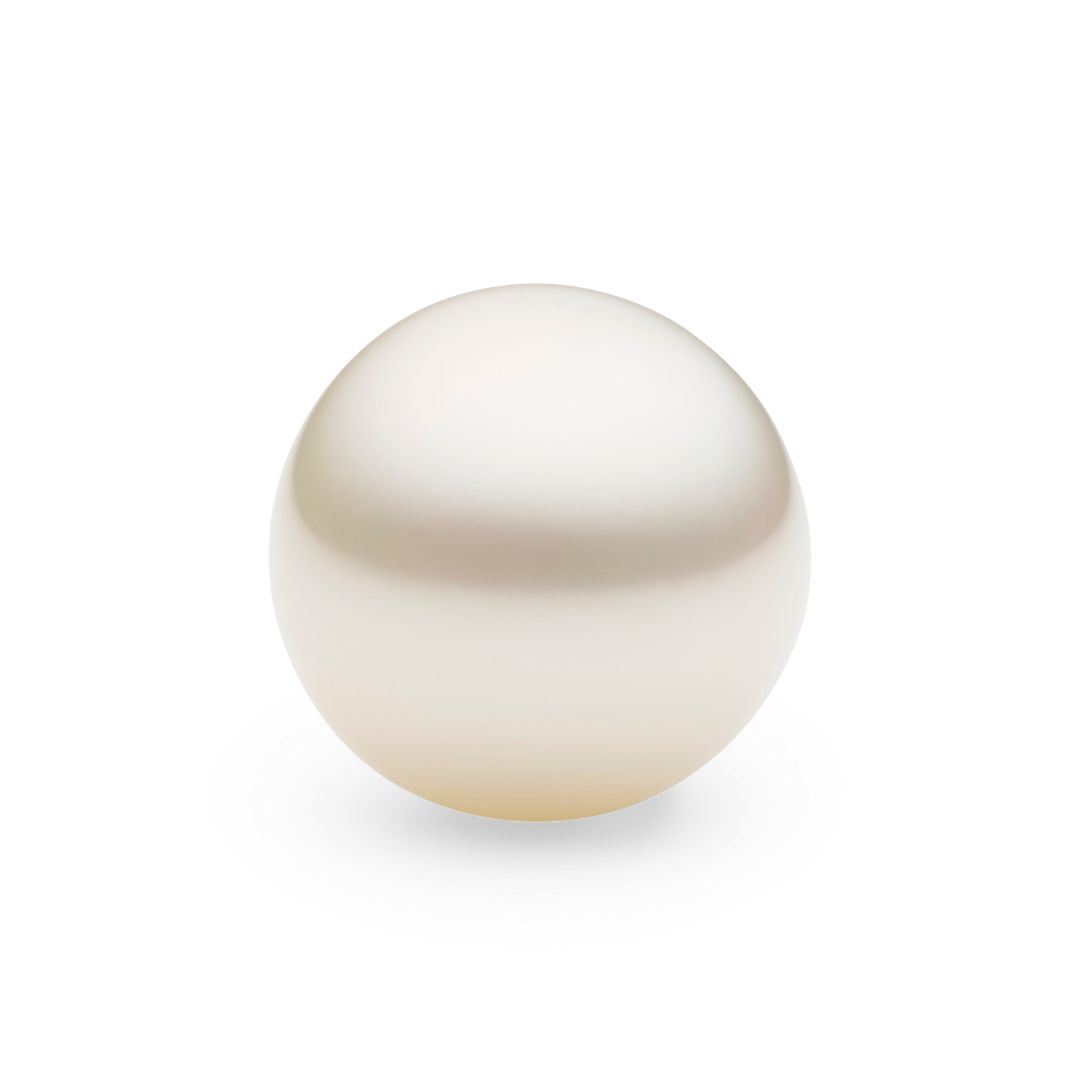
White
White body colour with white overtone.
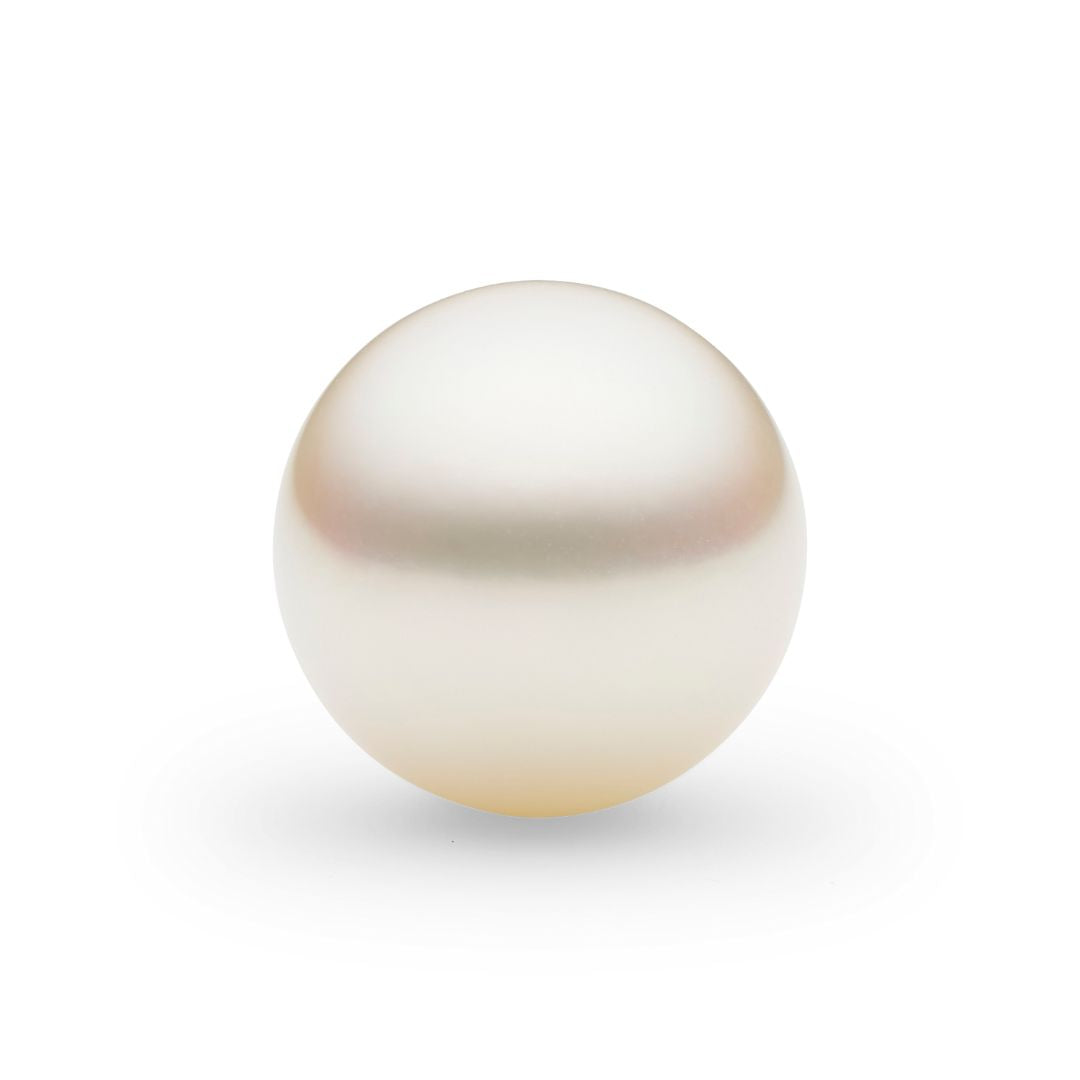
Cream
Cream body colour with cream overtone.
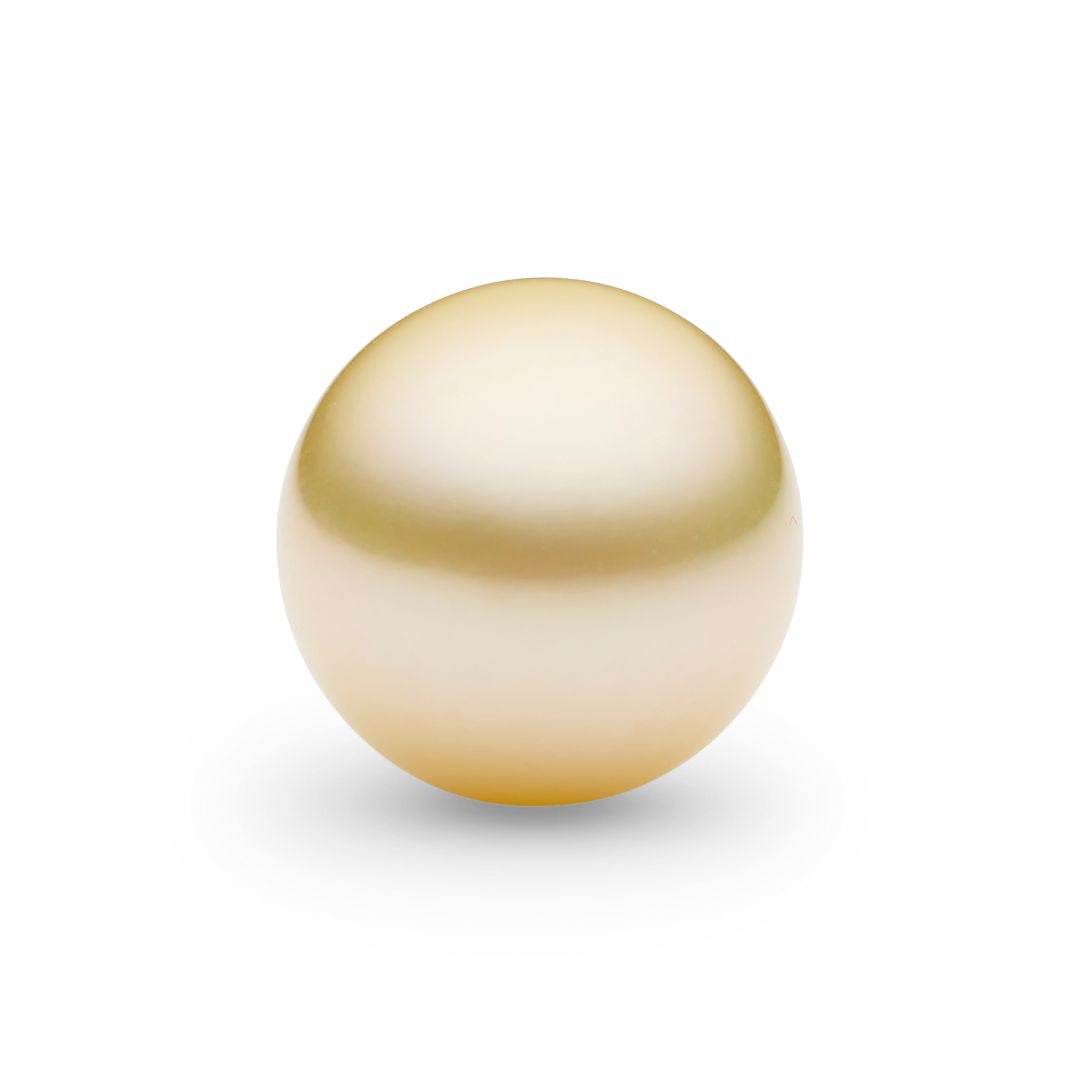
Champagne
Champagne body colour with green pink overtone.
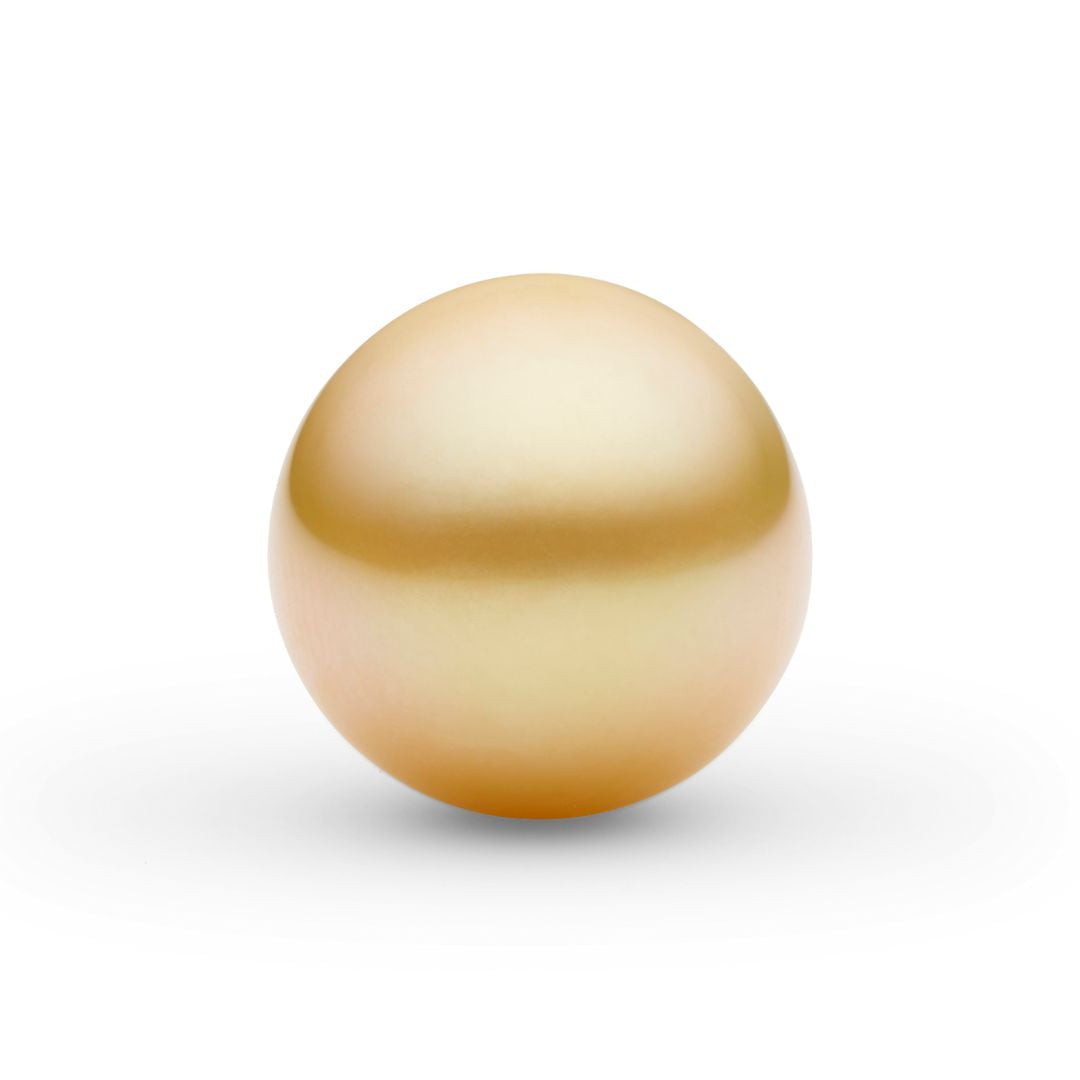
Gold
Gold body colour with green overtone.
< SWIPE TO SCROLL >
Size
Paspaley pearls are the largest of all pearls, typically ranging from 9mm-16mm. Larger sizes exceeding 18mm are occasionally found and such pearls are highly prized.
Authenticity
Every Paspaley pearl is accompanied with a Certificate of Authenticity. This guarantees the genuine Australian provenance, the natural colour and natural lustre of each precious Paspaley pearl. Our pearls are not treated in any way with chemicals or other artificial enhancements; unlike many other pearls available today. A selection of our exceptional pearl strands are also accompanied by a GIA certificate, as an independent assurance of quality.

